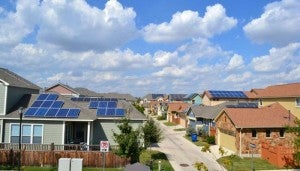 Back in September when the New York Times declared 2015 “the year humans got serious about climate change,” we knew they were on to something. But as we near the end of 2015, it’s hard to believe we’ve accomplished as much as we have in just 12 months.
Back in September when the New York Times declared 2015 “the year humans got serious about climate change,” we knew they were on to something. But as we near the end of 2015, it’s hard to believe we’ve accomplished as much as we have in just 12 months.
This momentum culminated in representatives of 195 nations agreeing in Paris to act together on world knowledge of climate change. This historic agreement will aim to reduce global greenhouse gas emissions, report transparently, and review and strengthen standards every five years. EDF President Fred Krupp stated, “It sends a powerful, immediate signal to global markets that the clean energy future is open for business.”
Though history proves “hindsight is 20/20,” historians just might look back at 2015 as the year everything changed for clean energy. Here’s a look at some of the top trends that fueled climate action by governments, investors, corporations, individuals, cities, utilities, market analysts, real estate professionals, and cleantech leaders in 2015. [Click through the following slideshow to see the trends.]

1. Governments make way for clean energy
In addition to the global climate accord in Paris, the Environmental Protection Agency finalized the Clean Power Plan in August, setting the first-ever national limits on carbon pollution from power plants. While some states are challenging these rules in court, EDF reported that even a state like Texas – known for its oil-rich energy resources – could achieve nearly 90 percent of its 2030 Clean Power Plan goals under business-as-usual.
State action on renewables found political room to grow when California passed SB 350, raising the state’s renewable energy mix to 50 percent and doubling the efficiency of existing buildings. And in North Carolina, tax credits and a modest renewable energy portfolio standard created more clean energy opportunities.
Photo source: Yann Caradec CC BY 2.0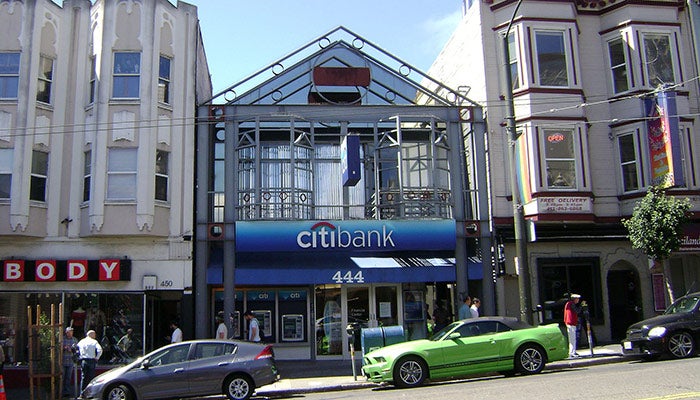
2. Investors double down on clean energy
Citibank predicted in 2015 that it would be cheaper to invest in energy efficiency and renewable energy than to follow a business-as-usual route to meeting our world’s growing energy needs. By transitioning to a clean energy economy we will, in fact, save an estimated $1.8 trillion by 2040.
Today’s momentum, researchers noted, is driven in no small part by investors who are turning away from fossil fuel assets to instead focus on new and promising opportunities in clean energy. This trend came to a head in late November when Mission Innovation and the Breakthrough Energy Coalition launched simultaneously to dramatically accelerate public and private investment in clean energy innovation.
Photo source: Michael Rivera CC BY 3.0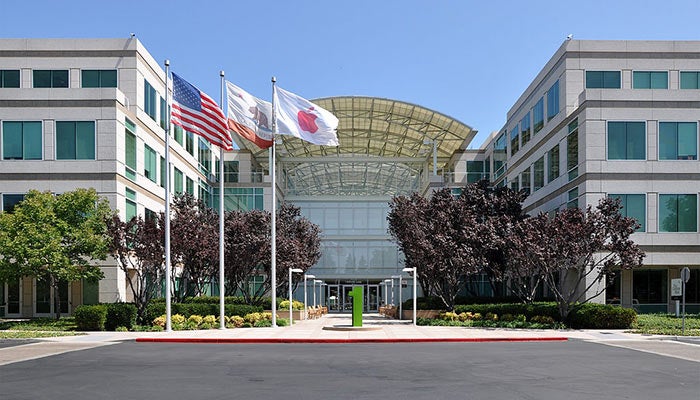
3. Corporations greenlight clean energy
In corporate boardrooms, climate awareness and clean energy business opportunities merged. One example, 81 companies signed the White House’s American Business Act on Climate Pledge in October.
This outpouring of corporate support shows that climate action has finally gone mainstream. And it’s no wonder. With Americans acknowledging the reality of climate change by increasing margins, and supporting action to cut fossil fuel pollution by a clear majority, the signal to business leaders is unequivocal. And because getting ahead of climate change can unlock new business models, energy savings, and lesser risk, the business case is a stool with many solid legs.
Photo source: Joe Ravi CC BY 3.0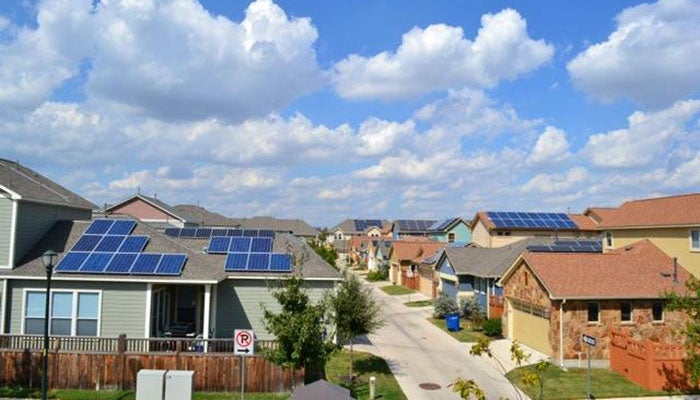
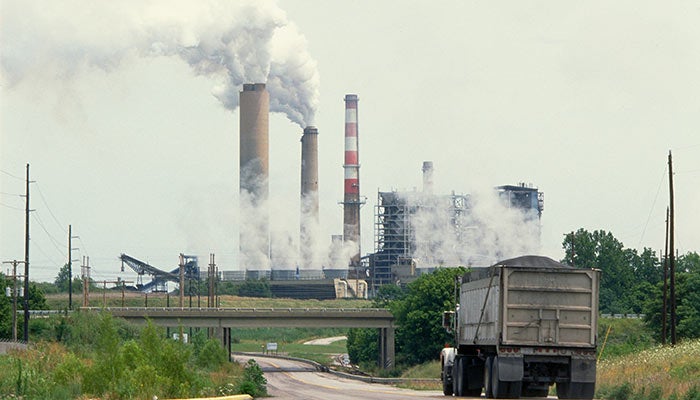
5. Utility business models are changing
While the price of renewable energy hit record lows in 2015, the proliferation of distributed energy resources – like rooftop solar, energy storage, and microgrids – hit a record high. More people are producing their own energy, and as a result, utilities are being forced to rethink how they recoup grid investments. Some utilities are choosing to adapt, while others are fighting change. Under the moniker Reforming the Energy Vision, New York is pioneering “utility 2.0” – or, a future in which electric vehicles, rooftop solar, and other types of homegrown energy are commonplace. In Ohio, however, utility bad boy FirstEnergy spent most of 2015 fighting the clean energy revolution via a $3 billon, ratepayer-funded bailout request.
Photo source: Tim Connor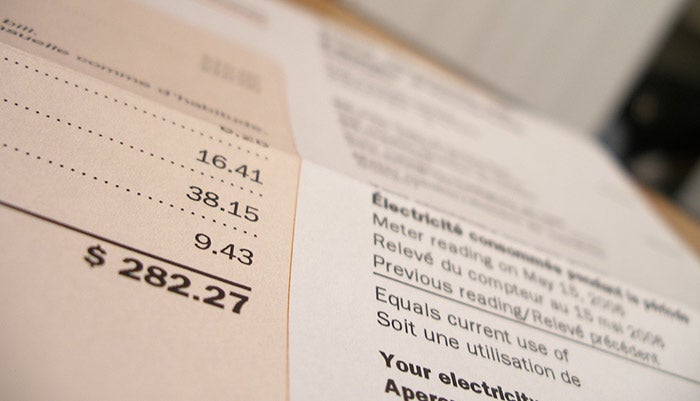
6. Electricity rate design becomes a hot-button issue
One way utilities are dealing with the changing energy landscape is by rethinking how they charge customers for electricity and other grid services. Unfortunately, some utilities are intentionally trying to curb customers’ incentives to install solar mainly because this homegrown energy resource reduces shareholder profits and revenue for utilities. “Fixed charges” seemed to be the silver-bullet solution for these utilities in 2015.
At least 35 investor-owned utilities in 18 states have requested fixed rate increases since 2014, with battles playing out in Kansas, Philadelphia, and many other regions. Time-of-use electricity pricing – which reflects the true cost of electricity throughout the day – is one alternative approach that California regulators approved this summer.
Photo source: Brendan Wood CC BY 2.0
7. Clean energy becomes a moral issue
In his 2015 encyclical, Laudato Si’ (“Praised Be to You”), Pope Francis called attention to the societal benefits of clean energy. In July, the Pope shrewdly convened the first meeting specifically for local government officials at the Vatican. Why? Because, like many, the Pope believes cities, unencumbered by state mechanisms, can get things done when it comes to clean energy.
Photo source: Alfredo Borba CC BY 4.0
8. Real estate leaders embrace energy management
Buildings use nearly 40 percent of all energy in the U.S. and account for a third of our greenhouse gases. A growing number of commercial real estate professionals began looking for opportunities in 2015 to upgrade what they’ve already got – and financing these upgrades is getting easier with EDF’s Investor Confidence Project (ICP). By standardizing how energy efficiency projects are developed and brought to market, similar to what was developed years ago for car loans and mortgages, ICP is clearing away barriers to energy efficiency financing. This year, New Jersey became the first state to pilot an ICP state incentive program.
Photo source: Arthur Paxton – Rutgers University CC BY 3.0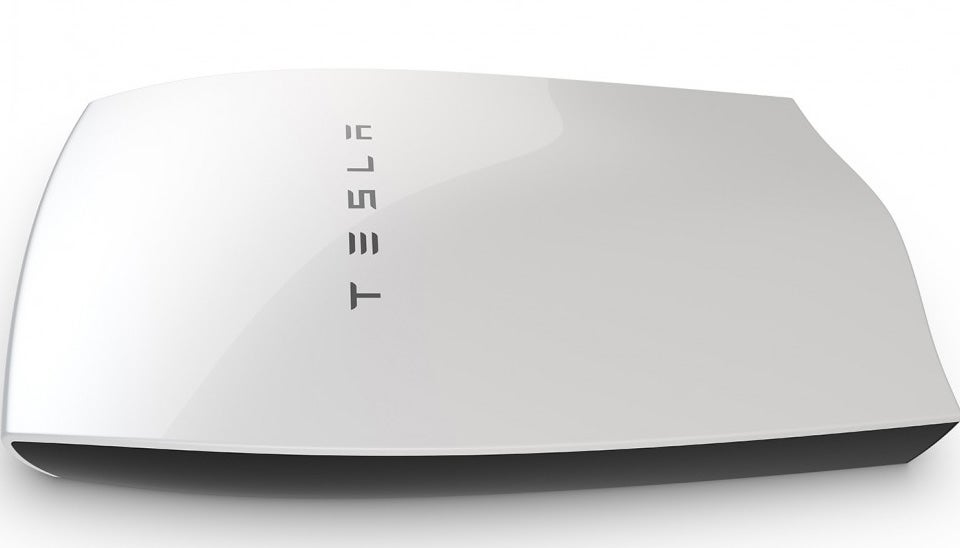
9. Energy storage emerges as a megatrend
This was the year breakthroughs in energy storage became inevitable. Tesla ushered in a new clean energy era when it unveiled its “Powerwall,” a home energy storage unit meant for backup during blackouts, with potential for future “solar plus storage” capabilities. Meanwhile, forward-thinking California utility, San Diego Gas and Electric began developing a “BYOB,” or Bring Your Own Battery, model in 2015 (with hopes of a pilot in 2016) that would allow the utility to “crowdsource” its customers’ batteries (like electric vehicles and Tesla’s Powerwall) to meet energy demand. And in Illinois, one of Chicago’s most iconic landmarks unveiled a battery storage unit that will help balance the electric grid and save money.
Photo source: Tesla Motors – Tesla Energy CC By 4.0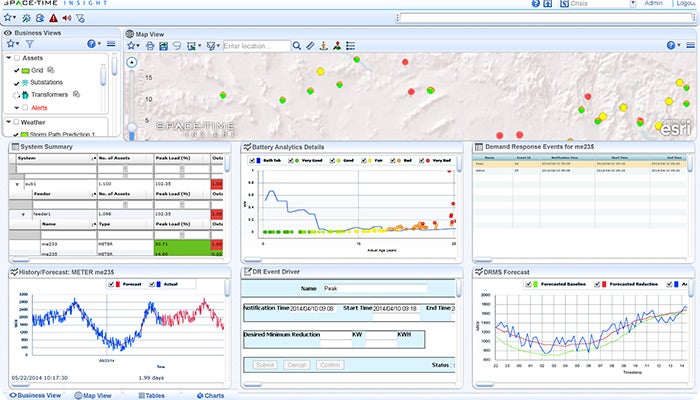
10. Utilities get a grip on data
Data may be the most promising and powerful tool to advance energy efficiency, but we’ve barely begun to scratch the surface of its potential. For example, in Pennsylvania, EDF and Mission:data — a national coalition of technology companies that advance the use of energy data — encouraged the Pennsylvania Public Utility Commission (PUC) to adopt the Open Access Data Framework. By clarifying the type of electricity usage data customers and authorized third-parties have access to and how the data should be provided, this framework could allow technologies, such as smart thermostats, and third parties to transform meter data into actionable steps that increase efficiency, save money, and cut pollution.
Photo source: Space-Time Insight









